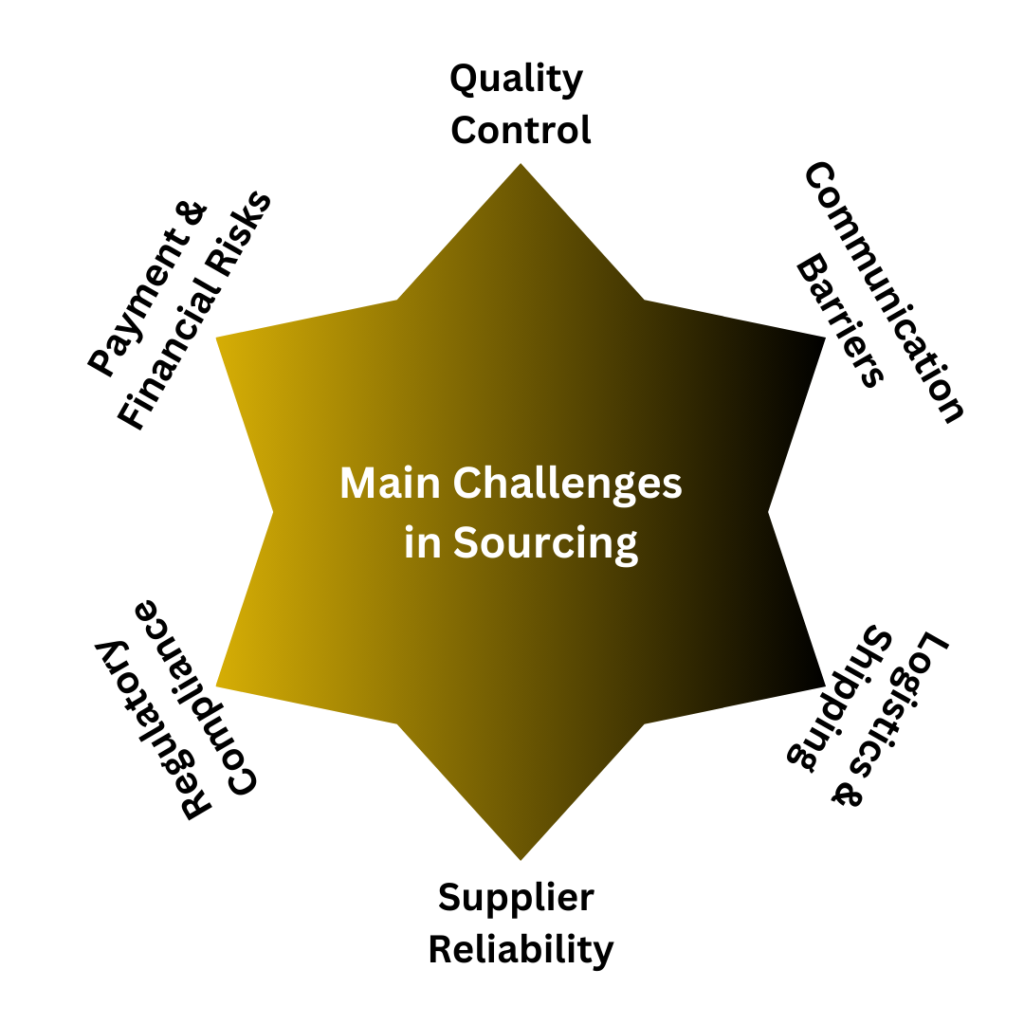Procurement is no longer just about cutting costs and managing suppliers—it’s evolving into a strategic function that can drive value, innovation, and sustainability. With rapid technological advancements, shifting global markets, and new consumer expectations, procurement leaders must adapt or risk being left behind. As we approach 2025, the question is: Is your procurement strategy ready for the future? Here’s what you need to focus on to stay ahead of the curve.
1. Digital Transformation and Technology Adoption
The digital revolution in procurement is well underway, with technologies like AI, machine learning, blockchain, and big data transforming how companies operate. For instance, Unilever has been leveraging AI to enhance its demand forecasting, significantly improving accuracy and reducing excess inventory costs. AI-driven insights help procurement teams make data-driven decisions, automate routine tasks, and identify hidden opportunities within the supply chain.
Procurement leaders must embrace digital tools that provide real-time data analytics, predictive insights, and process automation to improve decision-making. Investing in digital procurement platforms like Coupa or SAP Ariba can streamline supplier management, contract negotiations, and spend analysis, ultimately driving efficiency and cost savings.
2. Sustainability and ESG Compliance
Sustainability is no longer a buzzword; it’s a business imperative. Consumers, investors, and regulators are increasingly demanding transparency and responsible sourcing practices. Companies like IKEA have committed to sourcing 100% of their wood from sustainable sources, pushing their suppliers to meet stringent environmental standards. Similarly, Nike has been focusing on reducing its carbon footprint by sourcing eco-friendly materials and optimizing its supply chain.
Procurement must play a critical role in ensuring compliance with Environmental, Social, and Governance (ESG) criteria by selecting suppliers who adhere to these principles. Strategies like auditing suppliers for ethical practices and investing in greener logistics can help companies build a sustainable and responsible procurement model.
3. Resilient Supply Chains
The COVID-19 pandemic exposed the fragility of global supply chains, pushing companies to rethink their risk management strategies. Disruptions from geopolitical tensions, natural disasters, and pandemics have made it clear that resilience is key. For example, Apple, facing disruptions in its supply chain due to geopolitical tensions and lockdowns, has started diversifying its supplier base beyond China, looking towards countries like India and Vietnam.
Building resilient supply chains involves diversifying suppliers, nearshoring production, and investing in advanced risk management tools. By mapping out the entire supply chain, companies can identify critical vulnerabilities and develop contingency plans to ensure continuity in times of crisis.
4. Supplier Collaboration and Strategic Partnerships
The days of treating suppliers as mere vendors are over. Modern procurement strategies focus on developing long-term, strategic partnerships that drive innovation and mutual growth. Toyota’s collaboration with its suppliers is a prime example; the company works closely with its suppliers to co-develop products, optimize processes, and maintain high quality standards, resulting in a robust, efficient supply chain.
Fostering open communication, joint problem-solving, and innovation-sharing with suppliers can create a win-win scenario, enhancing product quality and reducing costs. Strategic partnerships also provide access to new technologies and market insights, allowing companies to stay ahead of industry trends.
5. Talent and Skills Development
As procurement evolves, so must the skills of its professionals. The ability to analyze data, think strategically, and leverage technology is now essential. Companies like Siemens have established digital training programs for their procurement teams to develop digital skills and understand emerging technologies.
Investing in continuous learning and skills development is crucial. Encouraging procurement professionals to take courses in data analytics, digital tools, and strategic negotiation will empower them to drive transformation within the organization.
6. Data-Driven Decision Making
Data is the new currency in procurement. Leveraging data analytics can uncover hidden insights, optimize supplier performance, and enhance demand forecasting. Amazon, for example, uses data analytics extensively to predict demand, manage inventory, and select suppliers based on real-time performance data.
Procurement teams should invest in platforms that offer advanced data analytics capabilities, enabling them to make informed decisions that align with business goals. By moving from reactive to proactive decision-making, procurement can become a value-creating function rather than just a cost center.
7. Cybersecurity and Data Privacy
With increased digital adoption comes the risk of cyberattacks. High-profile breaches like the SolarWinds attack have highlighted the importance of securing supply chains against cyber threats. Procurement leaders must ensure that their digital procurement platforms are equipped with robust cybersecurity measures to protect sensitive data.
Implementing strict cybersecurity protocols, conducting regular audits, and working closely with IT teams can mitigate risks and ensure compliance with data privacy regulations.
8. Cost Management vs. Value Creation
Traditionally, procurement has been focused on cost reduction, but the future lies in creating value. This means looking beyond price to consider the total cost of ownership (TCO), quality improvements, and innovative solutions. Companies like Dell have adopted a TCO approach, evaluating not just the initial cost of components but also long-term costs associated with maintenance, energy consumption, and disposal.
By focusing on value creation, procurement can contribute to business growth through better quality products, enhanced supplier relationships, and innovative solutions that set the company apart from competitors.
The future of procurement is dynamic, data-driven, and strategically focused. To stay competitive, companies must invest in digital transformation, build resilient and sustainable supply chains, and foster strategic partnerships with suppliers. By shifting from a cost-centric approach to one that emphasizes value creation, procurement can become a key driver of innovation and growth. As we approach 2025, now is the time for procurement leaders to evaluate their strategies, embrace new technologies, and prepare for the challenges and opportunities that lie ahead. Are you ready?


Pingback: Myth-busting 2025 2015 Procurement Predictions and Trends! Part 1 – My WordPress